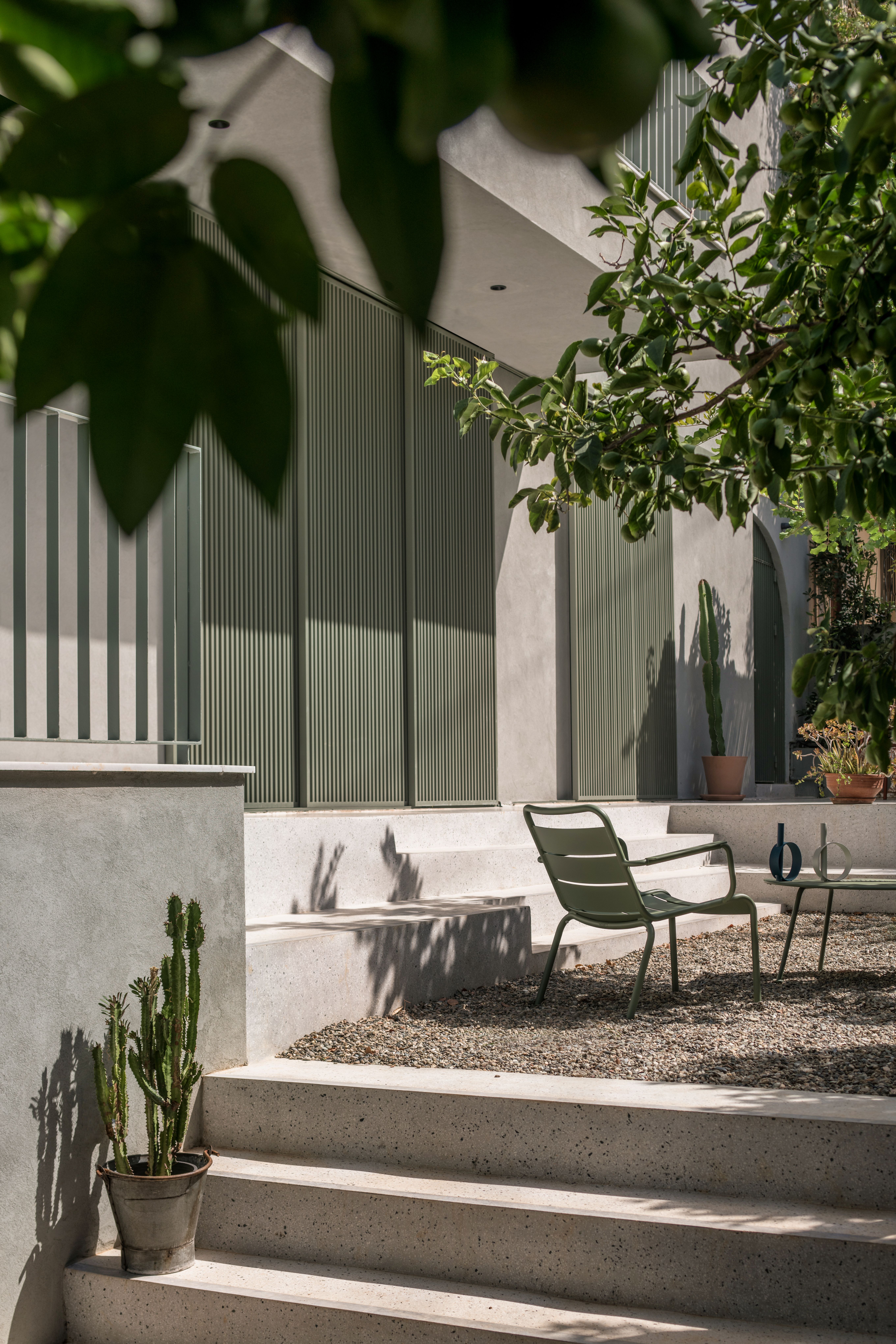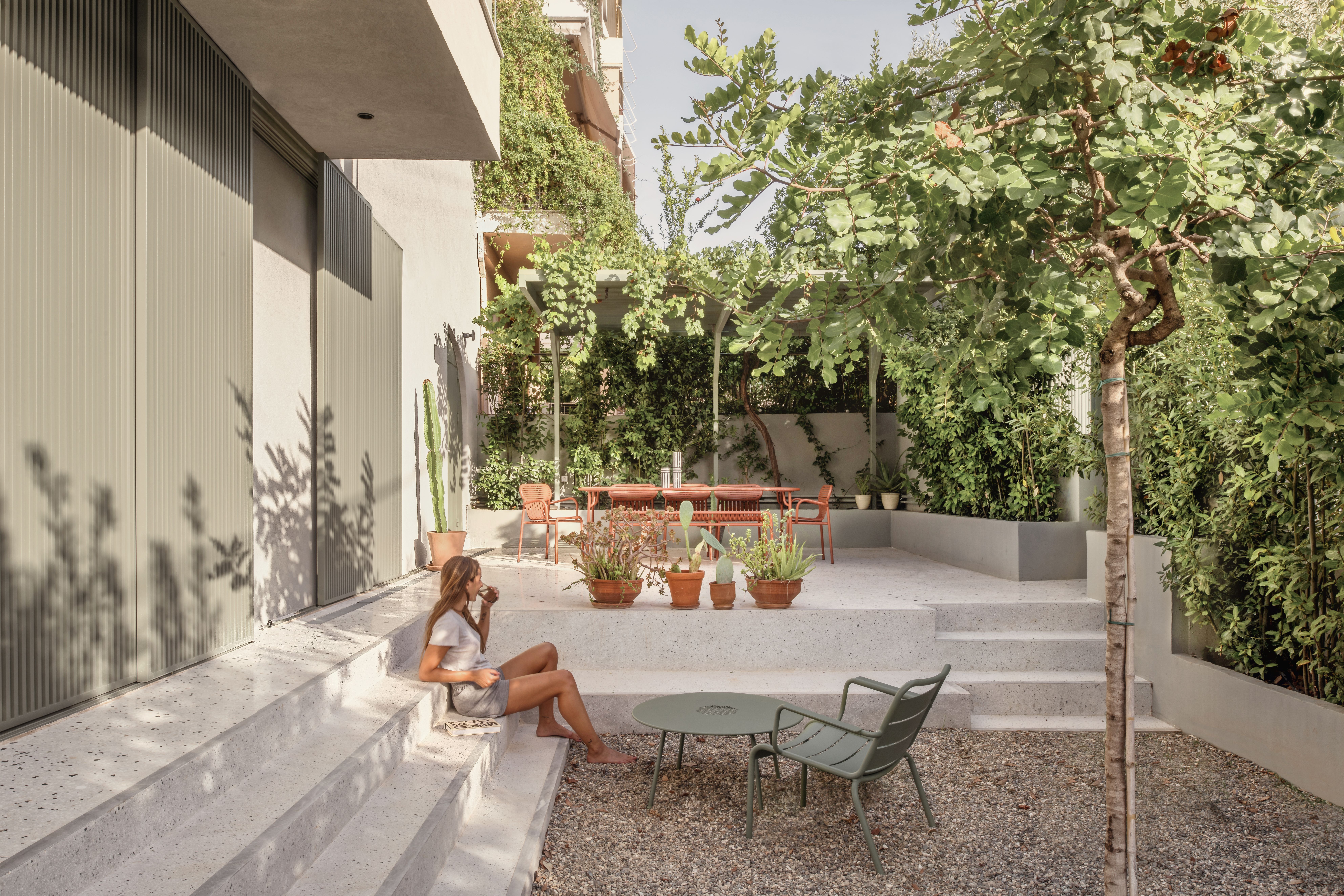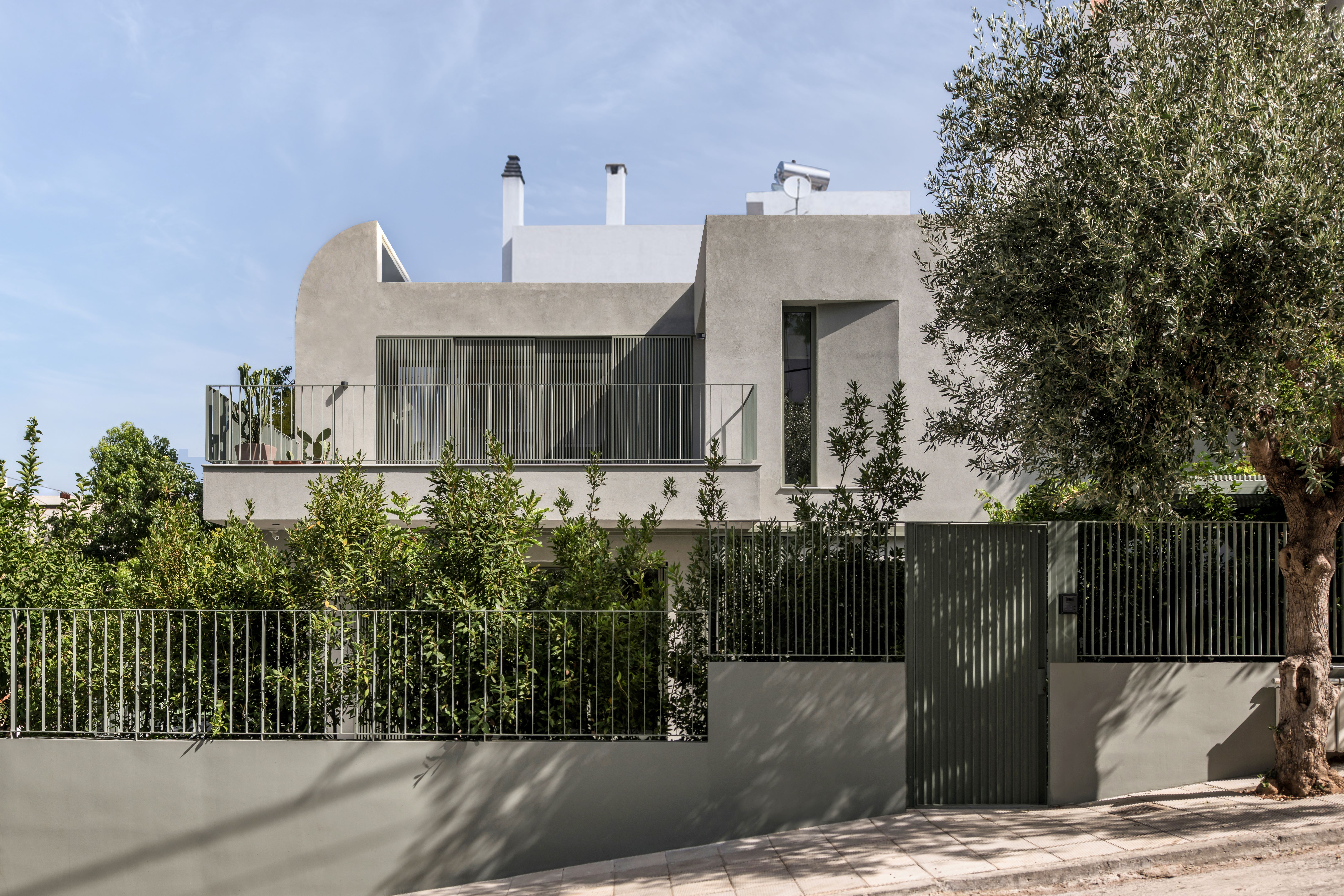
House D began life in the 1960s. The Athenian dwelling was built for private clients in solid concrete in the northern neighbourhood of Holargos in the Greek capital – and it has now been transformed to suit modern needs through a creative redesign by Spain and Greece-based studio Cometa Architects.

Step inside House D in Athens
Spanning 150 sq m, the new home's volume sits on the original structure's footprint and foundations, reusing its bones to fit the fresh design. Portions of the slabs were cut to create double-height spaces, while a new steel structure was added to ensure the house is suitably sturdy and safe in the context of the region's high seismic activity.
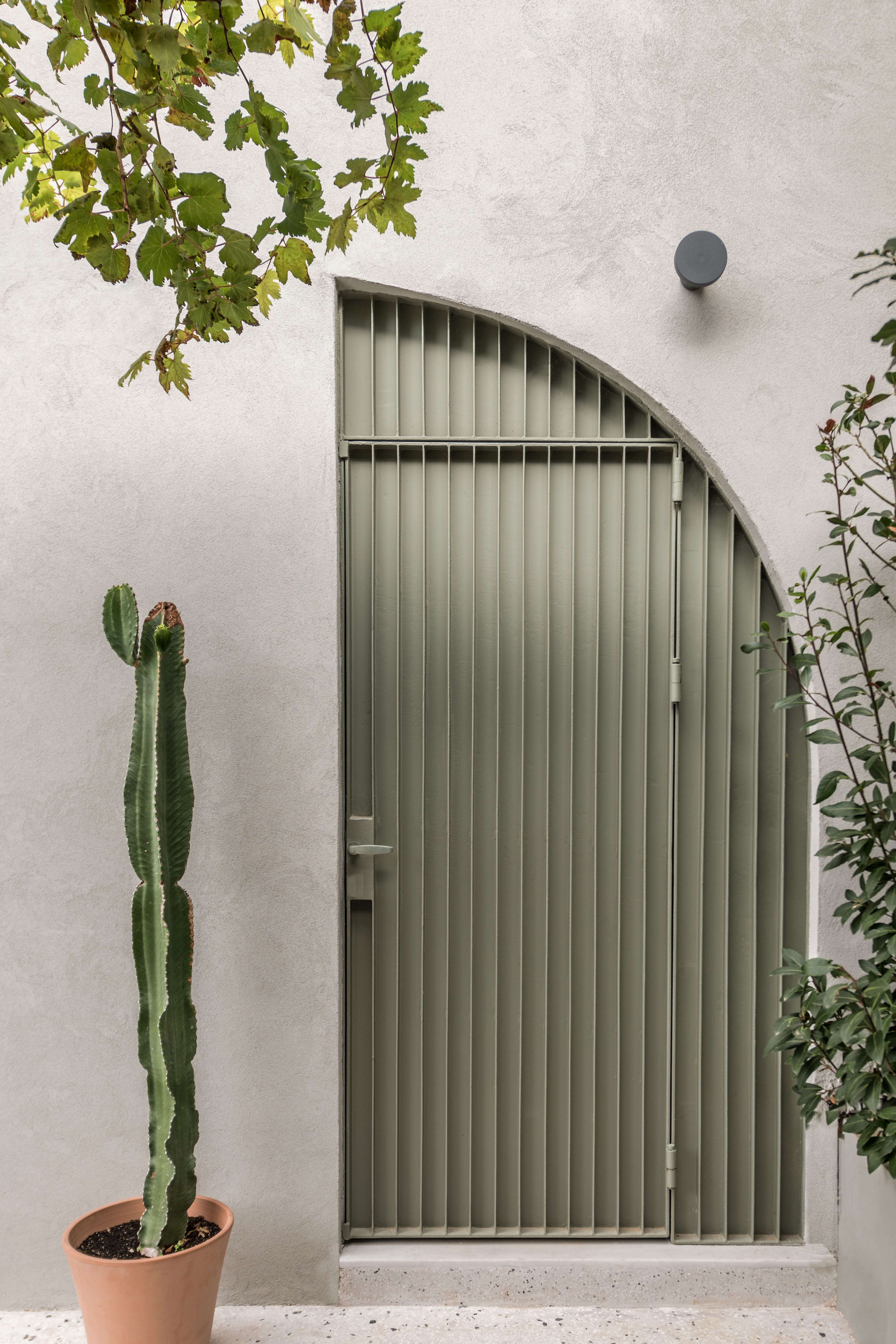
The architects, led by founders Faidra Matziaraki and Victor Gonzalez Marti, explain: 'The house is a volumetric exercise of solid faces and punctual openings, nestled in a corner of a residential neighbourhood with diverse housing typologies and varying heights. The decision to keep a low-rising building with a garden in a dense urban context is an exercise that achieves minimum impact of the new, and reuse of the structural core of the old.'
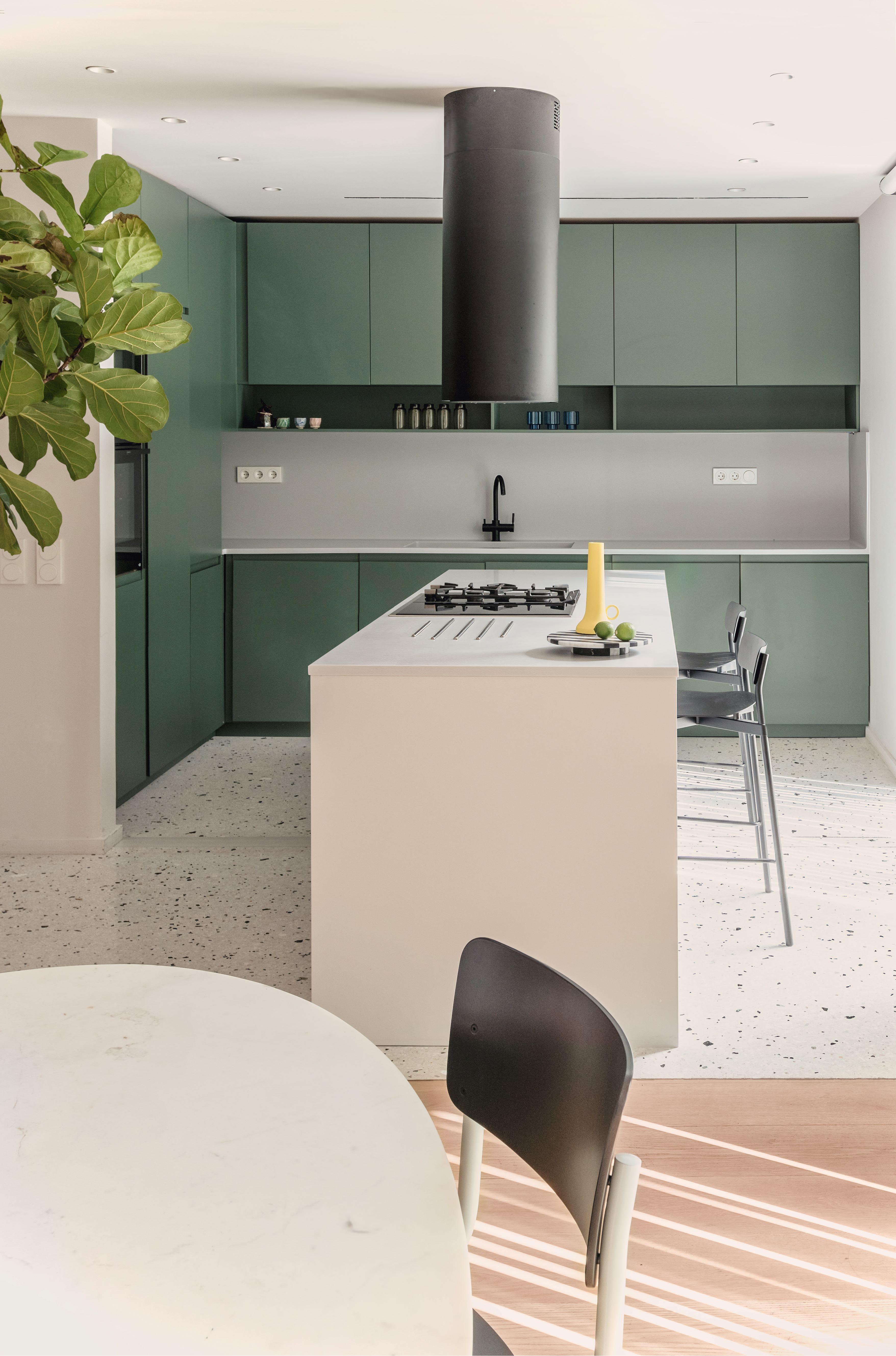
Inside, the main double-height space is punctuated by a new bespoke staircase feature, which connects the living area and kitchen below with the bedrooms upstairs. This circulation core is painted in a peach hue that offers a vibrant colour accent to the otherwise fairly minimalist interiors.
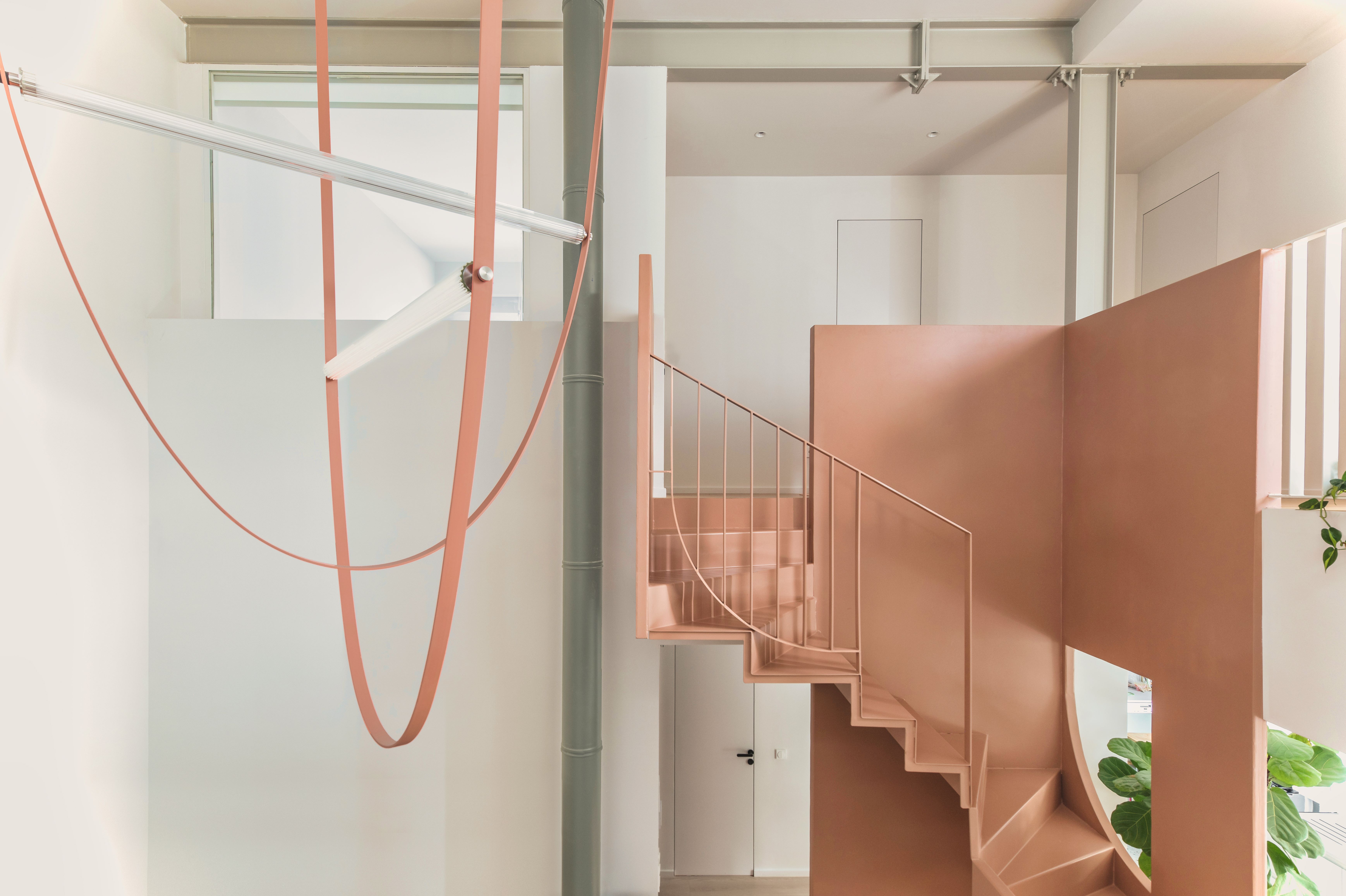
Indeed, the staircase system's curved geometries can also be found elsewhere in the design – both externally, in its volume and entrance door, and internally in decor and fittings. This playfulness echoes throughout and marks the architecture's contemporary nature – still, it's a composition equally born out of practical needs.
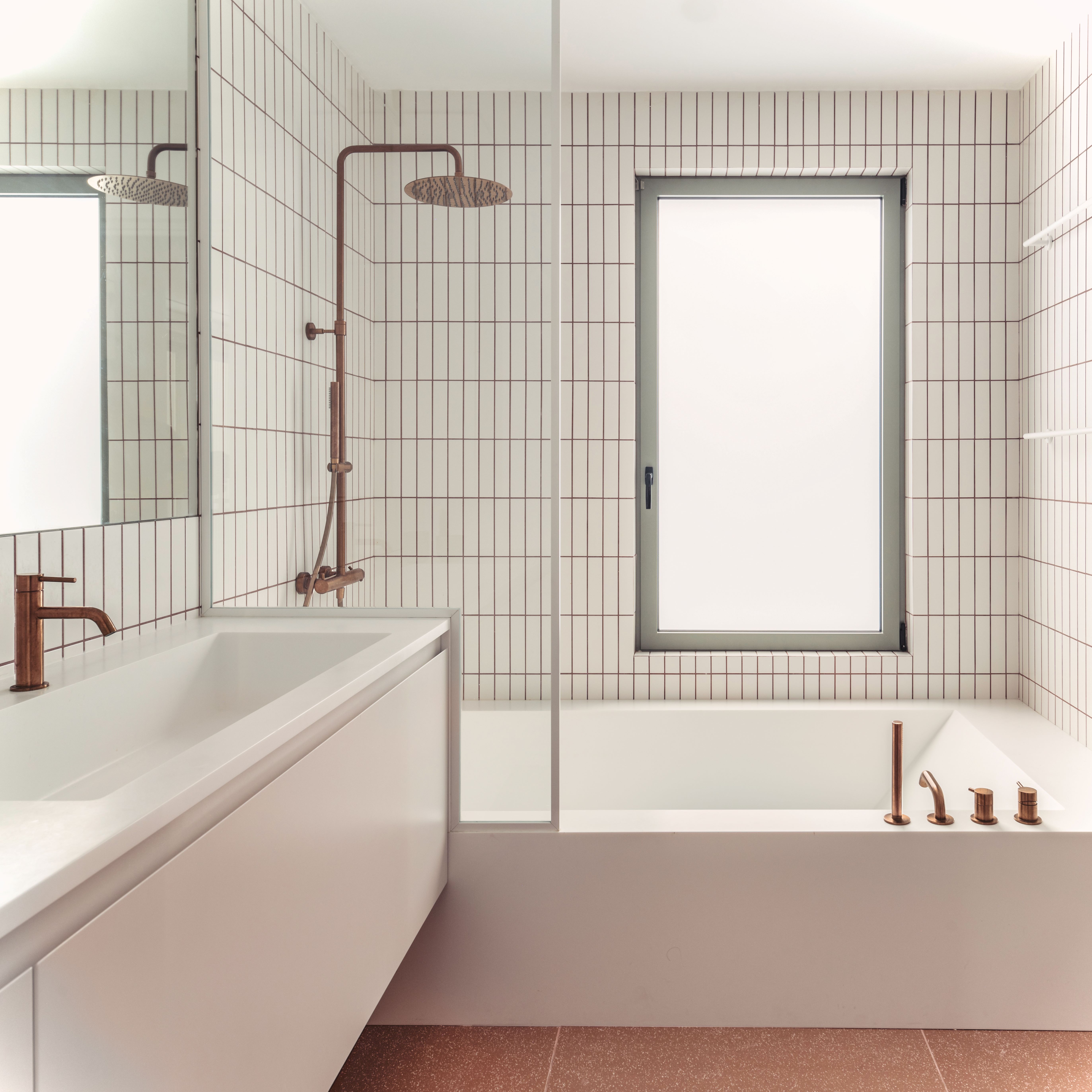
The architects add: 'The surrounding buildings to the northwest and southwest rise high with large balconies that compromise the privacy of the house. In response, the house becomes an opaque volume. To introduce light, the volume is cut at its west vertex, creating an exterior oasis at the intersection of two streets where distance to the building opposite is greater, also disrupted by tall trees.'
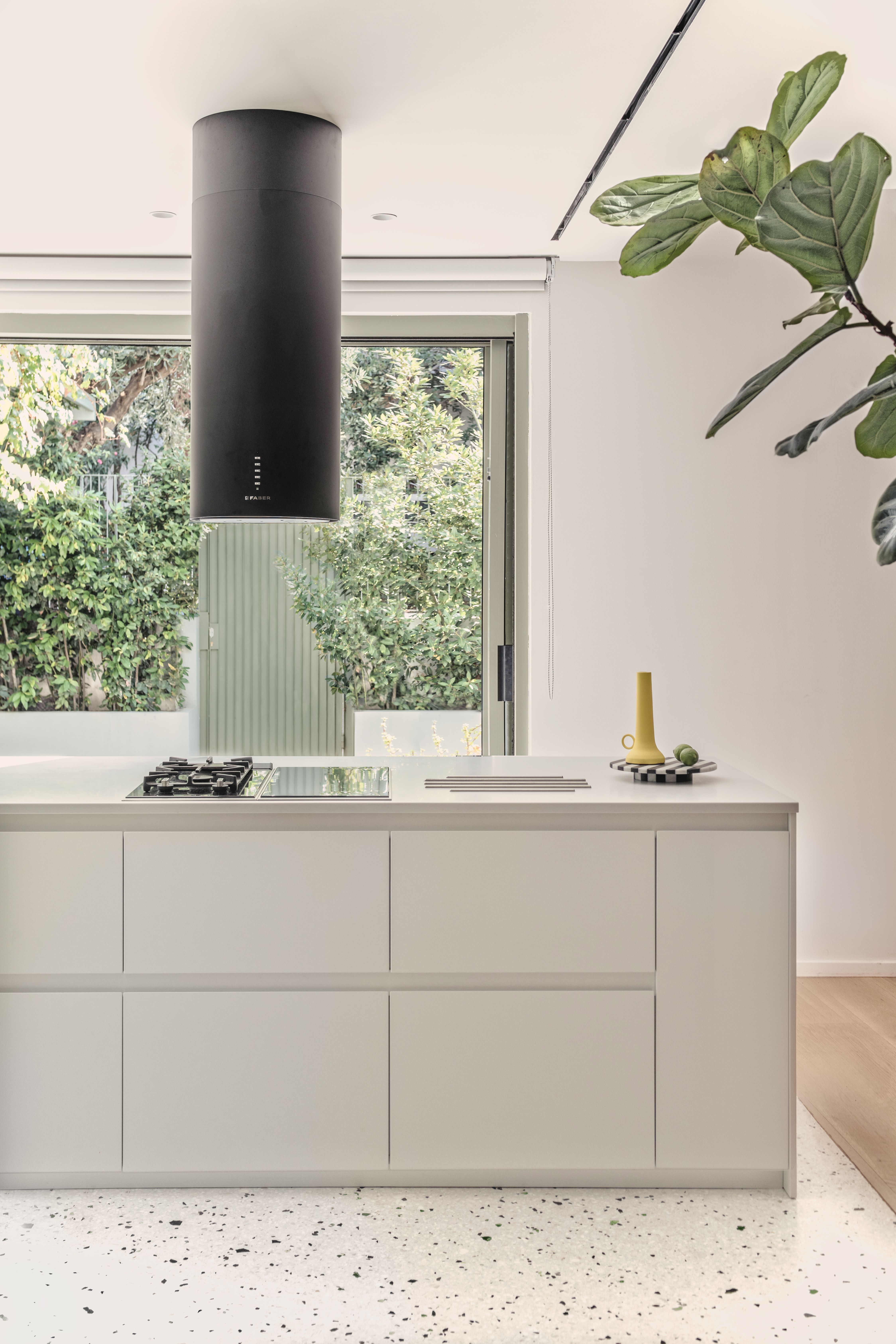
Outside, behind tall walls, a courtyard garden unfolds in three levels. It contains the site's original fruit trees, as well as new ones, which were added along with Mediterranean vegetation, to help cool the property during the region's hot summers.
